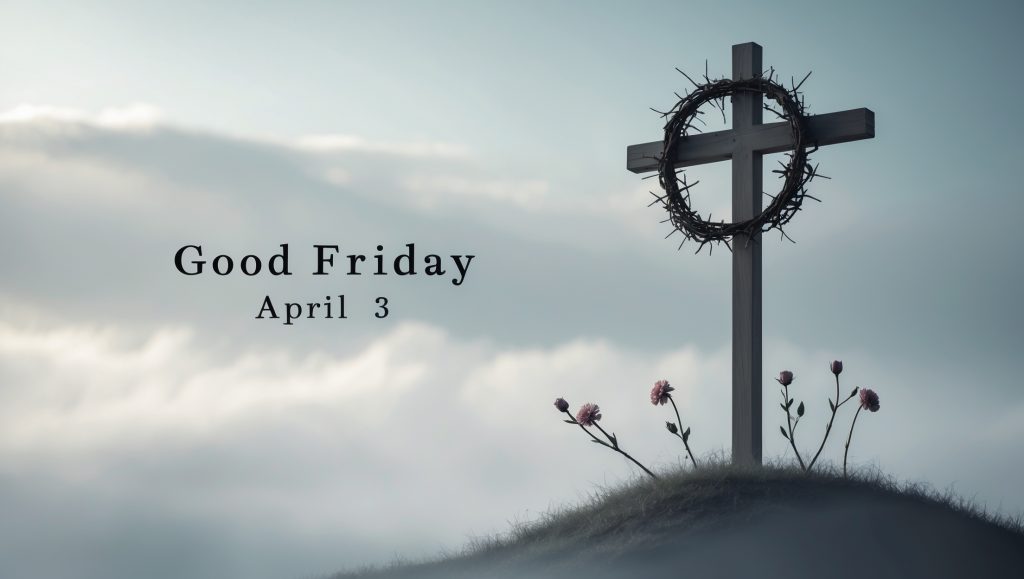What makes a day marked by sorrow so widely honored? Good Friday remembers the death of Jesus Christ, but it’s more than mourning. For millions, it’s about quiet strength, sacrifice and holding onto hope even when things seem bleak. You won’t find parades or fireworks—just reflection, fasting, and stillness. Some gather in churches, others walk silent processions. Despite the name, the day isn’t called 'good' because it feels cheerful. It’s tied to an older meaning of the word—holy or pious. The story behind it stretches back nearly 2,000 years. Curious how a crucifixion turned into a cornerstone of Christian tradition? That’s the power of memory, faith and keeping meaning alive across generations.
Key Takeaway
Good Friday marks the crucifixion of Jesus, observed by Christians through mourning, fasting, and church services.
The date changes yearly, always falling on the Friday before Easter Sunday.
Timeline
Day Activities
-
Many attend church services focused on the Passion story, often reading scriptures and meditating in near silence.
-
Some fast or eat only simple meals, skipping meat in a quiet act of remembrance and discipline.
-
People in cities like Seville or Manila join processions, walking solemnly behind large wooden crosses or statues of Jesus.
Interesting Facts
1. No Mass Held
Catholic priests don’t celebrate Mass on Good Friday—the only day it’s skipped.
2. Hot Cross Buns
These sweet, spiced rolls with icing crosses are linked to old English Good Friday traditions.
3. Markets Close
In parts of Europe and the Caribbean, markets and bars shut down completely.
4. Three-Hour Service
Many churches hold a service from noon to 3 p.m.—the believed time of Christ’s suffering.
5. Legal Holiday
Over a dozen countries treat Good Friday as a national public holiday.
Why We Love This Day
-
Good Friday creates space to pause and reflect. In a world full of noise, it encourages silence, thought and humility. The quiet becomes louder than any speech, reminding people of deeper meaning beyond surface distractions.
-
It connects generations. From ancient cathedrals to family living rooms, the story is told again each year. Tradition keeps it alive. Whether whispered in Latin or sung in hymns, it brings people together across centuries and continents.
-
The day makes faith feel real. Not just something to believe, but something to carry. The story of sacrifice and endurance becomes a guide—offering comfort in pain and light when skies seem darkest.
Past & Future Dates
| Month | Day | Year |
|---|---|---|
| APRIL | 15 | 2022 |
| APRIL | 7 | 2023 |
| APRIL | 3 | 2025 |
| APRIL | 10 | 2026 |
| MARCH | 26 | 2027 |
| APRIL | 14 | 2028 |
